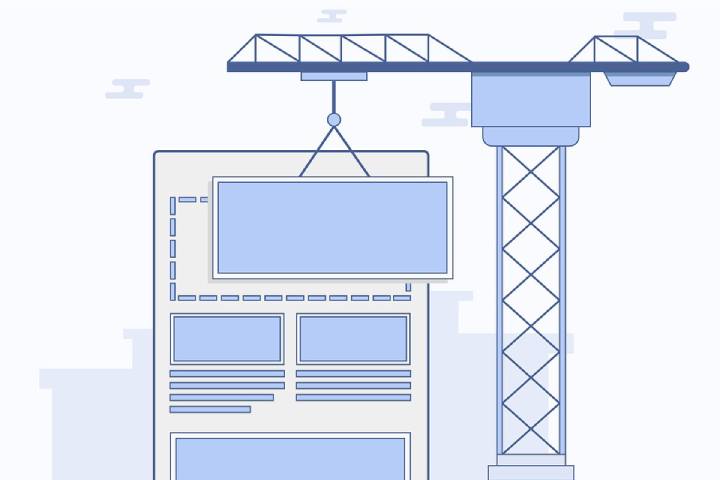There is more and more pressure on improving fleet efficiency these days. The fluctuating price of gas, the growing capacity crunch, and the increase in the competition are only a few of the reasons behind it. Some operations want to be able to have an edge and reduce costs without affecting safety and reliability.
What’s great, however, is that there are tons of ways that fleet managers can improve fleet efficiency, and often by making some simple changes. Here are some ways that you can adjust the efficiency of your fleet.
1. Get Better Software
Sometimes, the trucking software you use makes all the difference. Some tools will be limited and won’t let you see all aspects of your fleet. Others will gather and analyze data almost impossible, while some will give you conflicting or wrong information.
In all those cases, you should consider making a switch immediately if your current software isn’t up to par.

2. Go Lean
The lean approach is simplified in offices and manufacturing, but you could also use it with your fleet. Lean is all about reducing waste, whether it’s material, motion, or processes. You want to minimize the time wasted from the moment a vehicle is docked, loaded, and arrives.
This can be done by doing things like remapping the shop’s floor, adjusting departure times for better traffic, and correctly mapping routes.
3. Reconsider the Size of Your Fleet
Some may automatically assume that bigger is better, but if you find yourself with lots of vehicles not running, your fleet might be too large. If that’s your case, we would suggest you work with a strategic fleet consultant.
They might be able to help you find ways to downsize your fleet and your driver workforce by consolidating loads. This will allow you to run a smarter operation without wasting money.
4. Eliminate Empty Miles
One of the most significant expenses for any fleet is when a truck returns with nothing in it. This is not only lots of money wasted but a wasted opportunity as well.
Instead of coming back empty, try to arrange deals with a provider that will give you backhaul opportunities or find ways to minimize waste by arranging for another pickup or delivery close to the original transportation.

5. Reduce Idle Time
Another way a lot of fleets end up wasting money is on fuel. This is also somewhere where good telematics software can help. You want to be able to monitor poor habits, write performance reports, and bring drivers for discipline and formation.
Filling up a big rig will cost anywhere from $360 to $900 on average, so make sure that it isn’t wasted by drivers leaving their motors running at the truck stop.
As you can see, improving the efficiency of your fleet is something anyone can do. All it takes is the right data, execution, and making sure that you’re ready to follow up and be consistent.
Tech Trends
Related posts
Leave a Reply Cancel reply
Hot Topics
Categories
- Ads (5)
- Animes (25)
- Artificial Intelligence (AI) (35)
- Augmented Reality (AR) (10)
- Automotive (9)
- Bitcoin (16)
- Blockchain (24)
- Business (244)
- Business Intelligence (3)
- Cloud Computing (23)
- Computer (128)
- Concrete Technology (1)
- Cryptocurrency (10)
- Cybersecurity (42)
- Data Science (9)
- Database (4)
- DevOps (6)
- Digital Marketing (76)
- Digital Workplace (14)
- Ecommerce (1)
- Education (28)
- Electric Vehicle (EV) (1)
- Electronics & Hardware (17)
- Entertainment (42)
- Fabrication (3)
- FAQ's (1)
- Finance & Marketing (47)
- Gadgets (35)
- Games (8)
- Gear (29)
- HTTPS (1)
- Industry (46)
- Information Technology (90)
- Internet (413)
- Internet of Things (IoT) (41)
- Job (25)
- Machine Learning (6)
- Marketing (92)
- Mobile Apps (21)
- Movies (11)
- Natural Language Processing (6)
- News & Trends (109)
- Programming (4)
- Science & Technology (235)
- Security (81)
- SEO (56)
- Services (36)
- Social Media (73)
- Software (99)
- Sports (1)
- Technology (306)
- Telecom (6)
- TikTok (5)
- Tours & Travels (9)
- Uncategorized (11)
- Virtual Reality (VR) (7)
- VoIP (4)
- Web Technology (42)
- Workforce (17)
- Workspace (6)



Stay connected